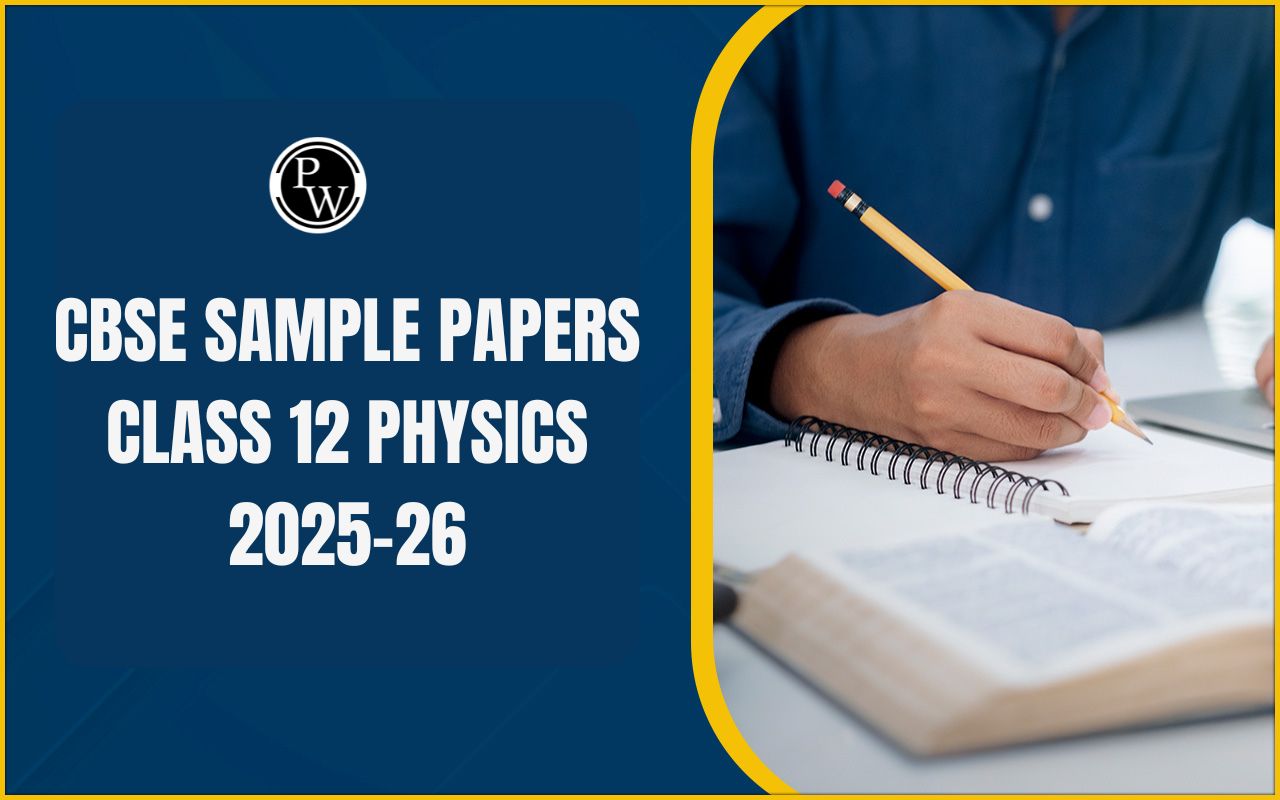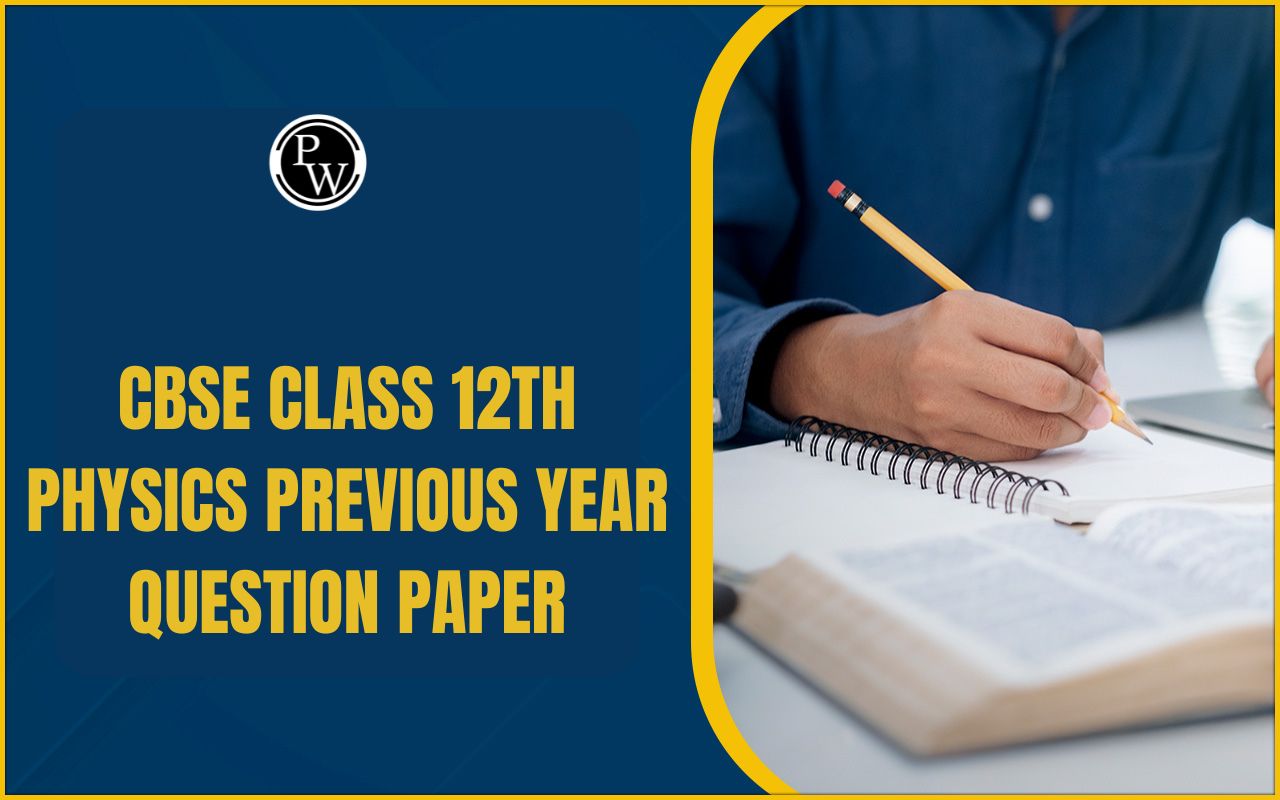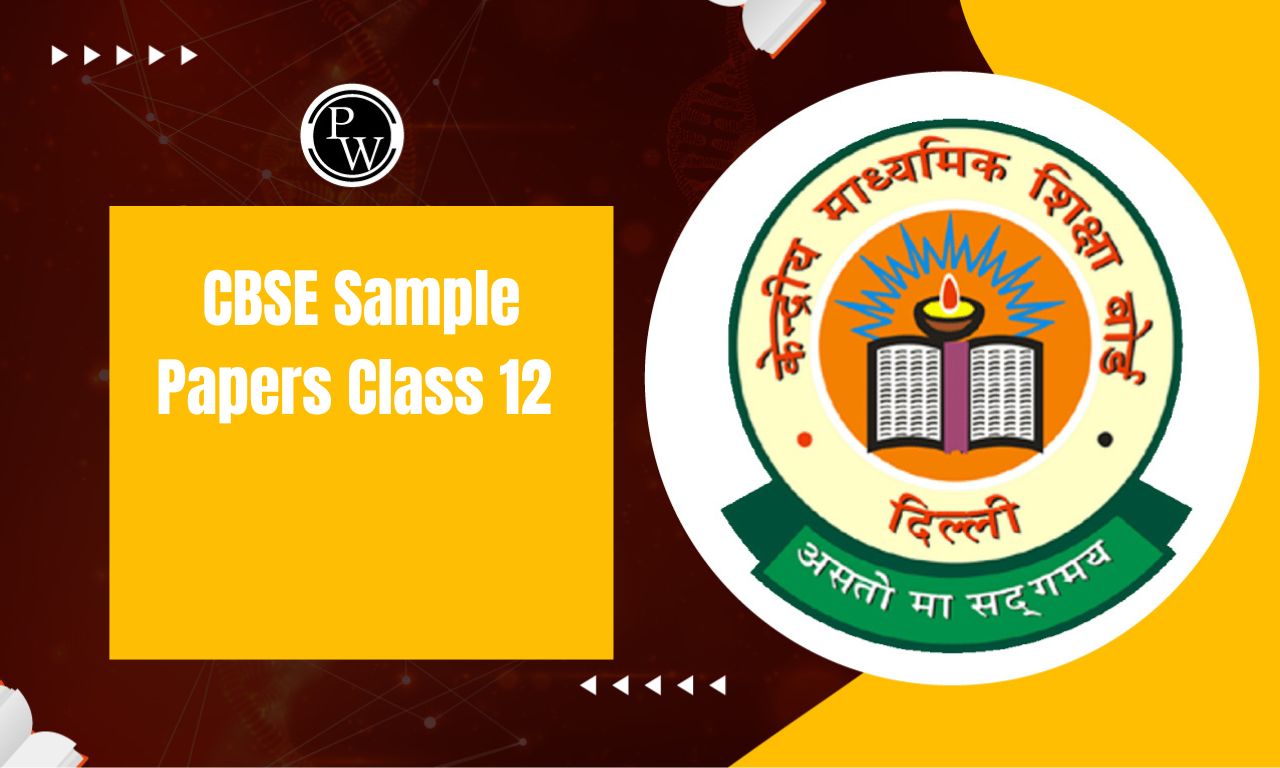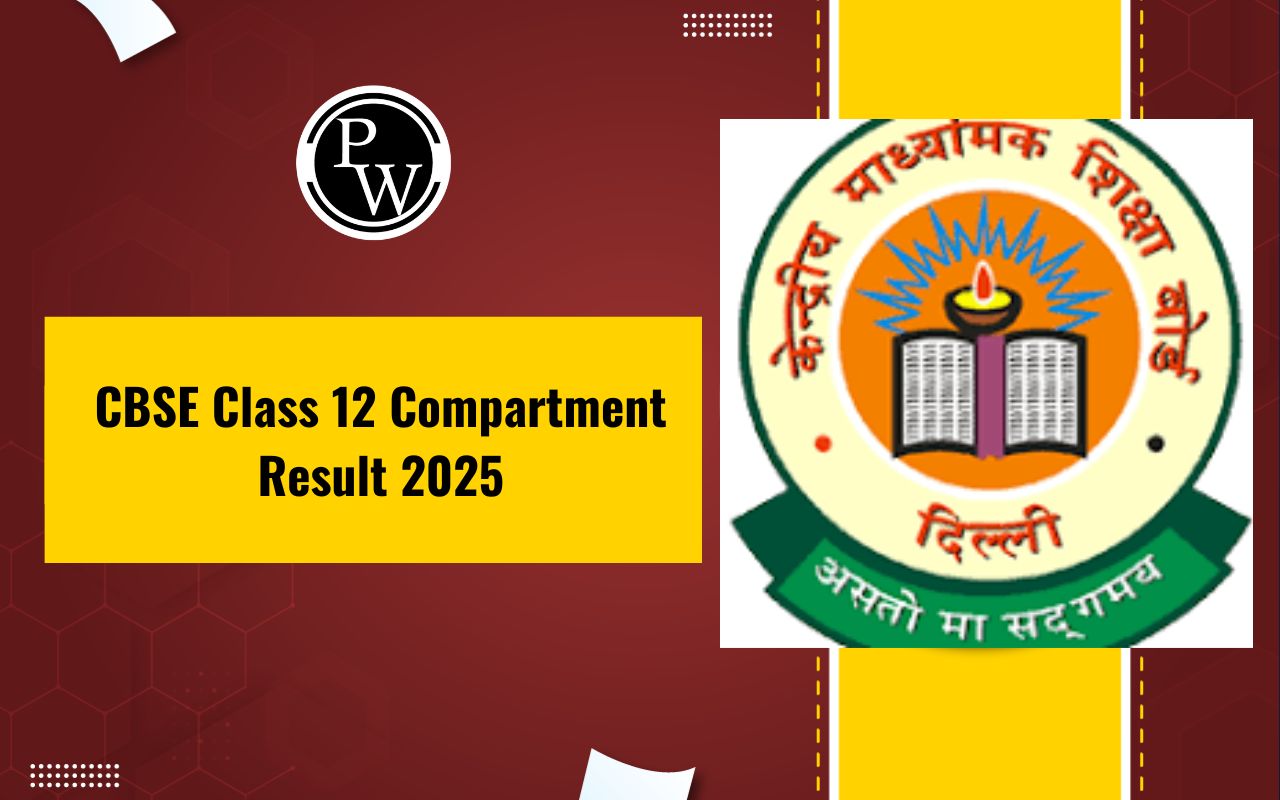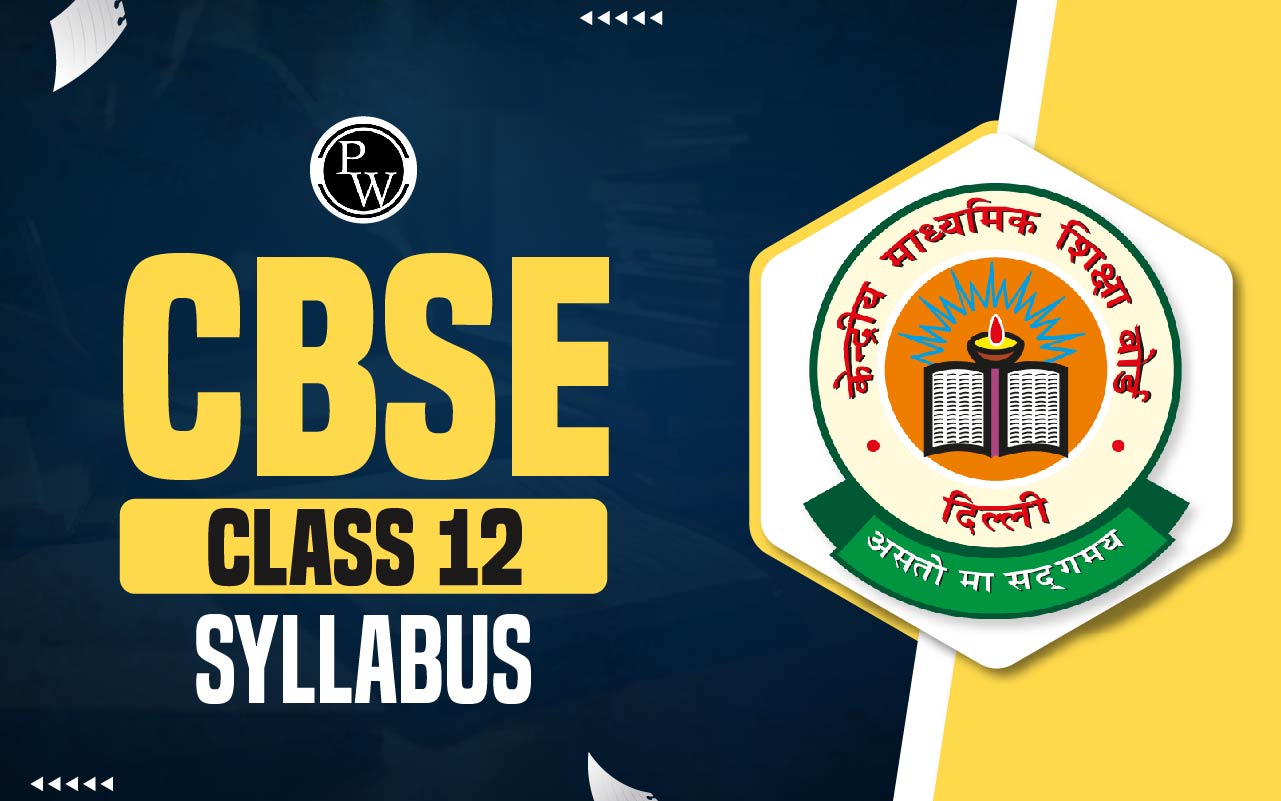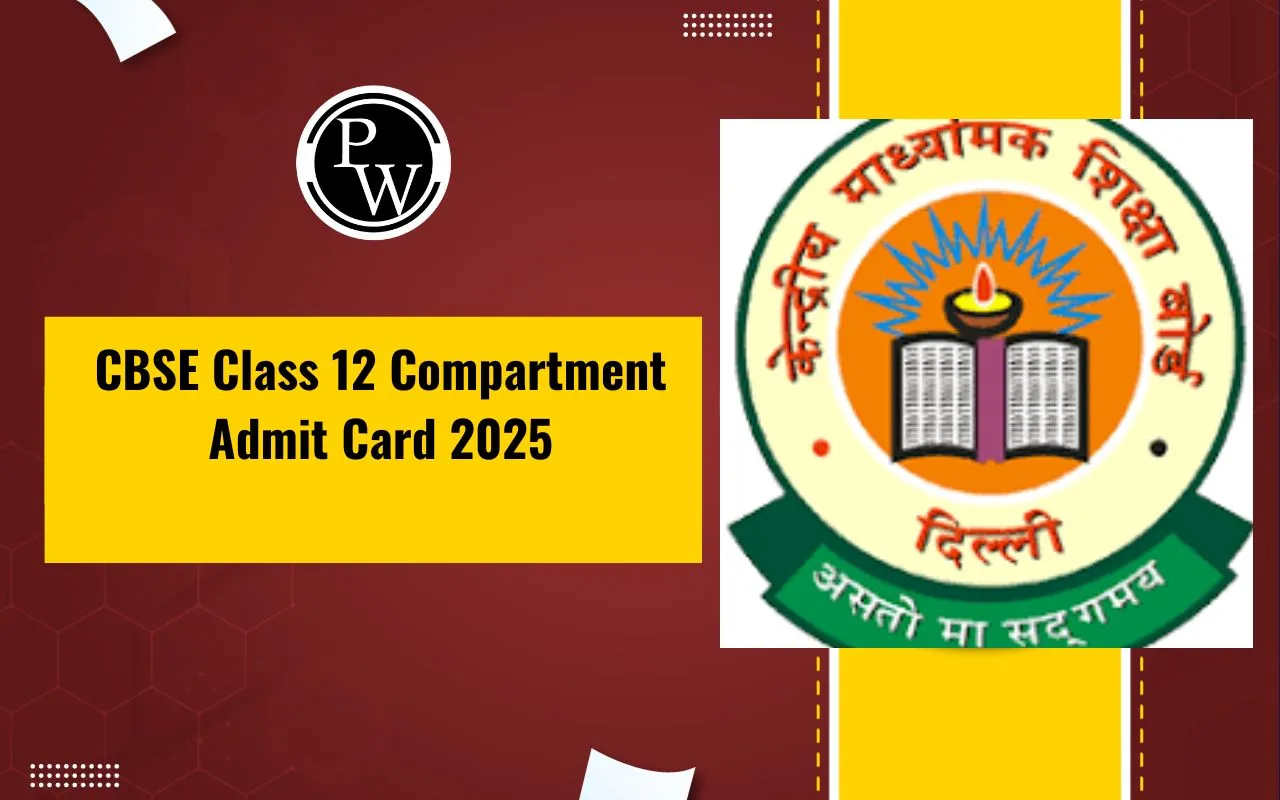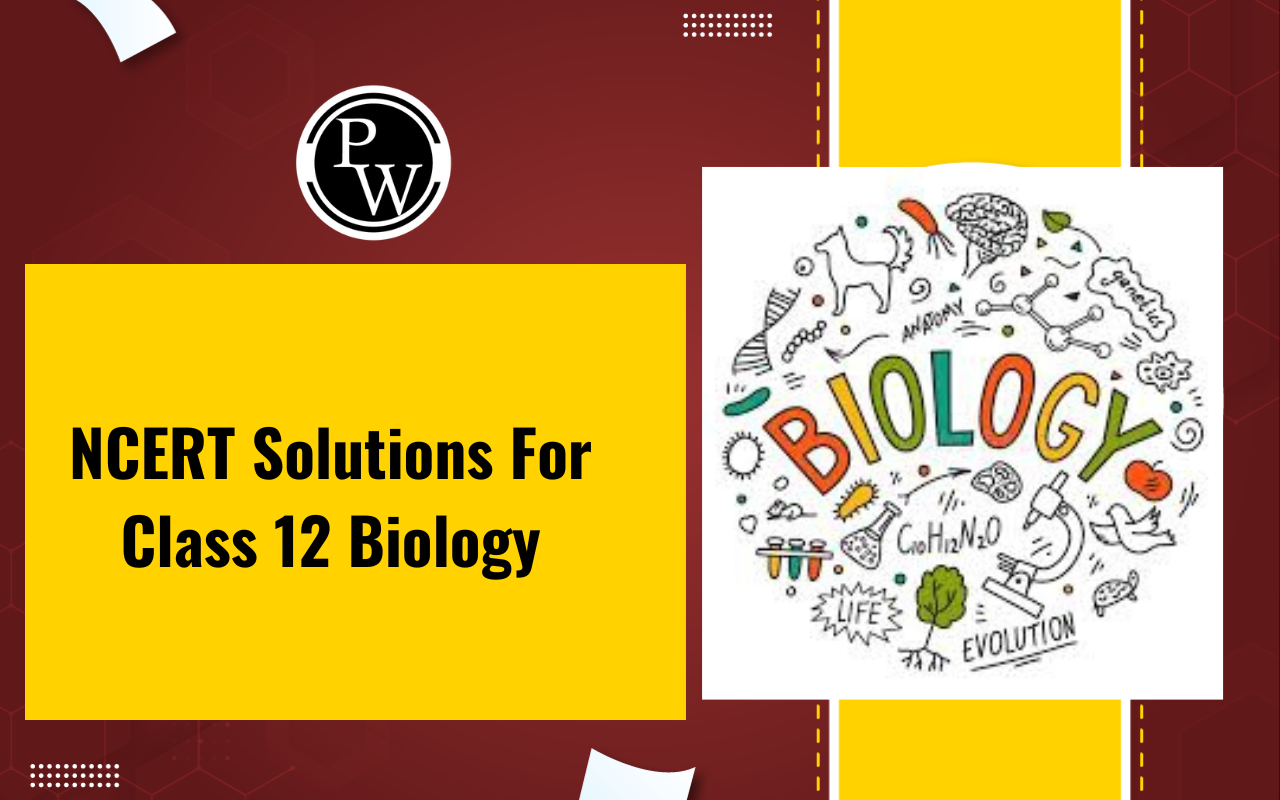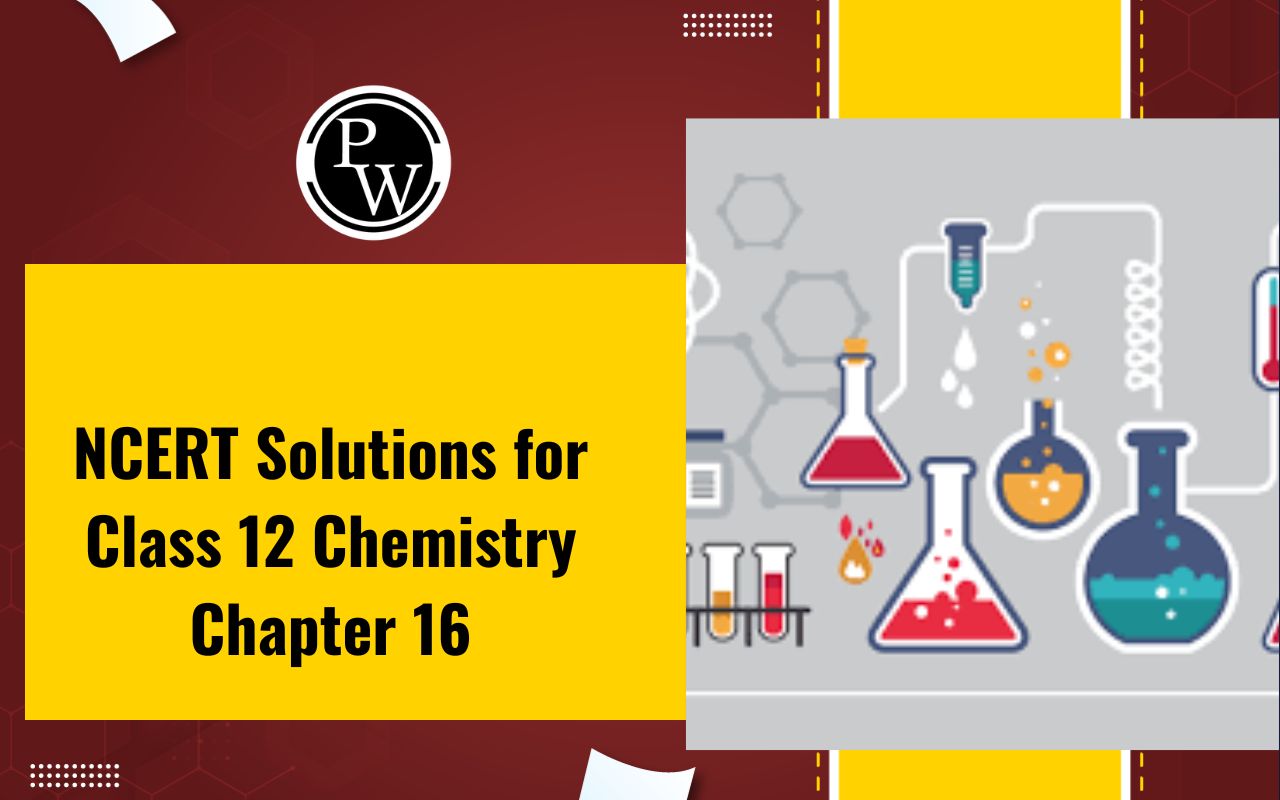
NCERT Solutions for Class 12 Chemistry Chapter 16: NCERT Solutions for Class 12 Chemistry Chapter 16, Chemistry in Everyday Life explains how chemistry is a part of our daily activities. This chapter talks about the role of medicines, cleaning products, food additives and other useful items.
Students will learn about different types of drugs, how they work, artificial sweeteners, food preservatives, and how soaps and detergents clean. The solutions provide easy-to-understand answers to all the questions in the textbook helping students prepare well for exams and understand the concepts clearly.NCERT Solutions for Class 12 Chemistry Chapter 16 Overview
The chapter Chemistry in Everyday Life focuses on how chemical substances and processes influence our daily routines. It explains the importance of chemistry in the development of medicines, detergents, food preservatives, and other commonly used products. Key topics include:- Medicines : Understanding different types of drugs such as analgesics, antacids, and antibiotics, and their mechanisms of action.
- Cleansing Agents : The structure and function of soaps and detergents and how they help in cleaning.
- Food Additives : The role of artificial sweeteners, food preservatives, and antioxidants in improving the quality and shelf life of food.
- Chemicals in Cosmetics : The use of chemicals in items like shampoos, perfumes, and skincare products.
NCERT Solutions for Class 12 Chemistry Chapter 16 PDF
The NCERT Solutions for Class 12 Chemistry Chapter 16 Chemistry in Everyday Life provide a detailed explanation of key concepts and answers to textbook questions. These solutions help students understand topics like medicines, cleansing agents, food additives, and the role of chemicals in cosmetics. The solutions are presented in a simple and easy-to-understand format, making it a valuable resource for exam preparation. To access the complete solutions, download the PDF from the link provided below.NCERT Solutions for Class 12 Chemistry Chapter 16 PDF
NCERT Solutions for Class 12 Chemistry Chapter 16 Chemistry in Everyday Life
Below are NCERT Solutions from Chapter 16 Chemistry in Everyday Life for Class 12 Chemistry along with their solutions: Question 1: Why do we need to classify drugs in different ways? Answer: Drugs are classified for several reasons:- Based on their effects: This helps doctors choose the right drug for a particular disease.
- Based on their action: Drugs are categorized by how they work on specific biological processes.
- Based on their chemical structure: Drugs with similar structures and effects are grouped together.
- Based on their targets: This classification focuses on how drugs interact with specific molecules in the body.
- Hydrogen bonding
- Ionic bonding
- Van der Waals forces
- Dipole-dipole interactions
- Phenelzine
- Iproniazid
- Antiseptic: Iodine tincture
- Disinfectant: Phenol solution
- Cationic detergents: These are quaternary ammonium salts with a positive charge on nitrogen. Example: Cetyltrimethylammonium bromide.
- Anionic detergents: These contain a negatively charged sulfonate or sulfate group. Example: Sodium lauryl sulfate.
- Non-ionic detergents: These have no charged ions and are made from esters of high molecular mass alcohols. Example: Polyethylene glycol stearate.
- Biodegradable detergents break down easily by bacteria. Example: Sodium lauryl sulfate.
- Non-biodegradable detergents do not degrade easily and can harm the environment. Example: Tetramethyl octylbenzene sulfonate.
Benefits of Solving NCERT Solutions for Class 12 Chemistry Chapter 16
Comprehensive Understanding of Real-Life Applications: The chapter helps students understand how chemistry is applied in daily life, covering topics like drugs, detergents, and food additives. Solving NCERT solutions enhances this understanding by offering practical examples and explanations. Clear Concepts and Theoretical Knowledge: NCERT solutions provide detailed explanations and answers that simplify complex concepts such as drug action, types of drugs, and artificial sweeteners, ensuring clarity in theoretical knowledge. Boosts Exam Preparation: This chapter frequently appears in board exams and competitive exams like NEET and JEE. Solving these solutions strengthens conceptual clarity, helping students score better marks. Enhances Problem-Solving Skills: By practicing different types of questions (objective, short answer, and long answer), students improve their problem-solving ability and become better at tackling various exam patterns. Familiarity with Important Questions: NCERT solutions highlight key questions that are often asked in exams, ensuring students focus on high-yield topics such as drug classification, target molecules, and synthetic detergents. Builds Confidence: Practicing NCERT solutions makes students more confident about their knowledge and ability to answer questions accurately during exams. Supports Competitive Exam Preparation: Concepts like types of drugs, their actions, and applications are essential for entrance exams. Practicing NCERT solutions ensures students are well-prepared for such topics. Provides Step-by-Step Explanations: NCERT solutions are structured in a step-by-step manner, making it easier for students to follow and understand complex topics without confusion. Develops Analytical Thinking: The chapter encourages analytical thinking by explaining how chemical compounds affect biological systems, fostering a deeper interest in applied chemistry. Complements Lab Experiments: Understanding concepts through NCERT solutions helps students connect theoretical knowledge with practical applications they face in laboratory experiments.NCERT Solutions for Class 12 Chemistry Chapter 16 FAQs
What is the significance of studying "Chemistry in Everyday Life"?
This chapter explains how chemistry is applied in daily life through drugs, food additives, detergents, and other chemical compounds. It helps us understand the role of chemistry in healthcare, hygiene, and improving quality of life.
What are drugs?
Drugs are chemical substances used to diagnose, prevent, or treat diseases. They can modify physiological processes or biochemical functions.
What are drug targets?
Drug targets are specific biomolecules, such as proteins, enzymes, or nucleic acids, that interact with drugs to produce a therapeutic effect.
What are broad-spectrum antibiotics?
Broad-spectrum antibiotics are drugs effective against a wide range of both gram-positive and gram-negative bacteria. For example, chloramphenicol and amoxicillin.
What are artificial sweetening agents?
These are chemical compounds that provide sweetness without adding calories. Examples include aspartame, saccharin, and sucralose.
🔥 Trending Blogs
Talk to a counsellorHave doubts? Our support team will be happy to assist you!

Check out these Related Articles
Free Learning Resources
PW Books
Notes (Class 10-12)
PW Study Materials
Notes (Class 6-9)
Ncert Solutions
Govt Exams
Class 6th to 12th Online Courses
Govt Job Exams Courses
UPSC Coaching
Defence Exam Coaching
Gate Exam Coaching
Other Exams
Know about Physics Wallah
Physics Wallah is an Indian edtech platform that provides accessible & comprehensive learning experiences to students from Class 6th to postgraduate level. We also provide extensive NCERT solutions, sample paper, NEET, JEE Mains, BITSAT previous year papers & more such resources to students. Physics Wallah also caters to over 3.5 million registered students and over 78 lakh+ Youtube subscribers with 4.8 rating on its app.
We Stand Out because
We provide students with intensive courses with India’s qualified & experienced faculties & mentors. PW strives to make the learning experience comprehensive and accessible for students of all sections of society. We believe in empowering every single student who couldn't dream of a good career in engineering and medical field earlier.
Our Key Focus Areas
Physics Wallah's main focus is to make the learning experience as economical as possible for all students. With our affordable courses like Lakshya, Udaan and Arjuna and many others, we have been able to provide a platform for lakhs of aspirants. From providing Chemistry, Maths, Physics formula to giving e-books of eminent authors like RD Sharma, RS Aggarwal and Lakhmir Singh, PW focuses on every single student's need for preparation.
What Makes Us Different
Physics Wallah strives to develop a comprehensive pedagogical structure for students, where they get a state-of-the-art learning experience with study material and resources. Apart from catering students preparing for JEE Mains and NEET, PW also provides study material for each state board like Uttar Pradesh, Bihar, and others
Copyright © 2025 Physicswallah Limited All rights reserved.


